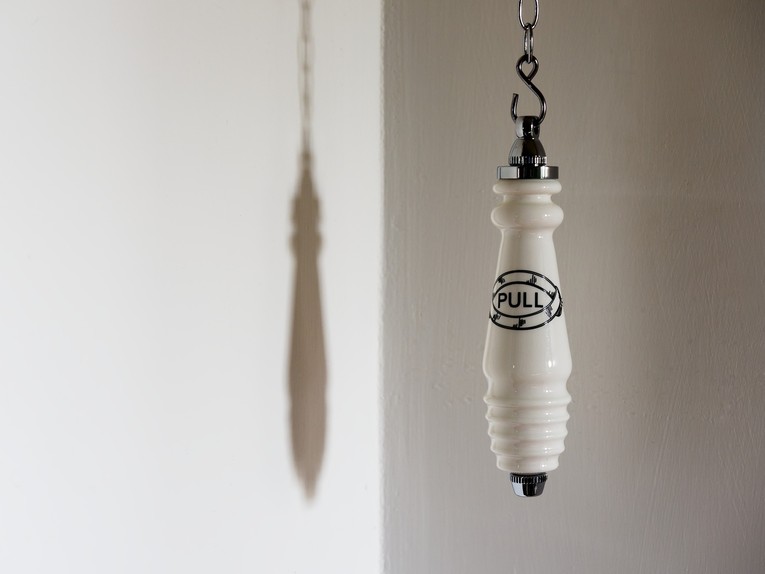![]() Finally, one of the scourges of modern tennis could become a thing of the past after the ATP decided to take action on ‘comfort breaks.’
Finally, one of the scourges of modern tennis could become a thing of the past after the ATP decided to take action on ‘comfort breaks.’
While the call of nature strikes us all from time to time, the suggestion is that some players on the men’s tour have been using a comfort break as a way of disrupting the rhythm of a match.
Andy Murray was furious after Stefanos Tsitsipas disappeared off court on four separate occasions during their US Open match – including an eight-minute break at the end of the crucial fourth set, which was thought to be a strategy to get out of the blazing sun and cool down. Other pundits accused the Greek player of outright cheating.
When quizzed after the game, Murray’s frustration spilled out. “It’s just disappointing because I feel it influenced the outcome of the match.
“I’m not saying I necessarily win that match, for sure, but it had influence on what was happening after those breaks.”
The Scot broke accepted protocol by calling out the Greek ace on social media, and it seems that the ire of one of the most respected pros on the planet has forced the ATP’s hand.
Fact of the day. It takes Stefanos Tsitipas twice as long to go the bathroom as it takes Jeff Bazos to fly into space. Interesting. ? ?
— Andy Murray (@andy_murray) August 31, 2021
In his second round game against Adrian Mannarino, Tsitsipas lost the third set and disappeared to the locker room for some seven minutes – he was roundly booed by the crowd on his return to the court.
Repeat Offenders Flushed Out

Tsitsipas is far from the only one, of course, and so tour officials have decided to act, and have introduced a pair of new rules that will be applied as of the 2022 season:
- A limit of 1x three-minute bathroom break per match
- An additional two-minute break to change clothing
Time penalties would be dished out for rule breaks, and it should be noted that players can only take one toilet break per match – so a clothing change would be factored into that.
There would be some room for discretion, so if there’s a repeat of John Isner and Nicolas Mahut’s eleven-hour classic from Wimbledon 2010 you won’t have to worry about the sight of the players squatting at courtside.
In conjunction with the new rules on comfort breaks comes the spectre of medical timeouts, in which players can request a physio enters the court to hand out treatments ranging from gentle muscle manipulations to applying plasters to blisters.
Now, players will only be allowed to have one medical timeout per match, which must last no longer than three minutes and take place during a change of ends or at the end of a set.
Whether the ATP has gone far enough remains to be seen, but the fact they have acted – and already introduced new measures to speed up play between points – can only be considered a good thing for the future of the sport.
